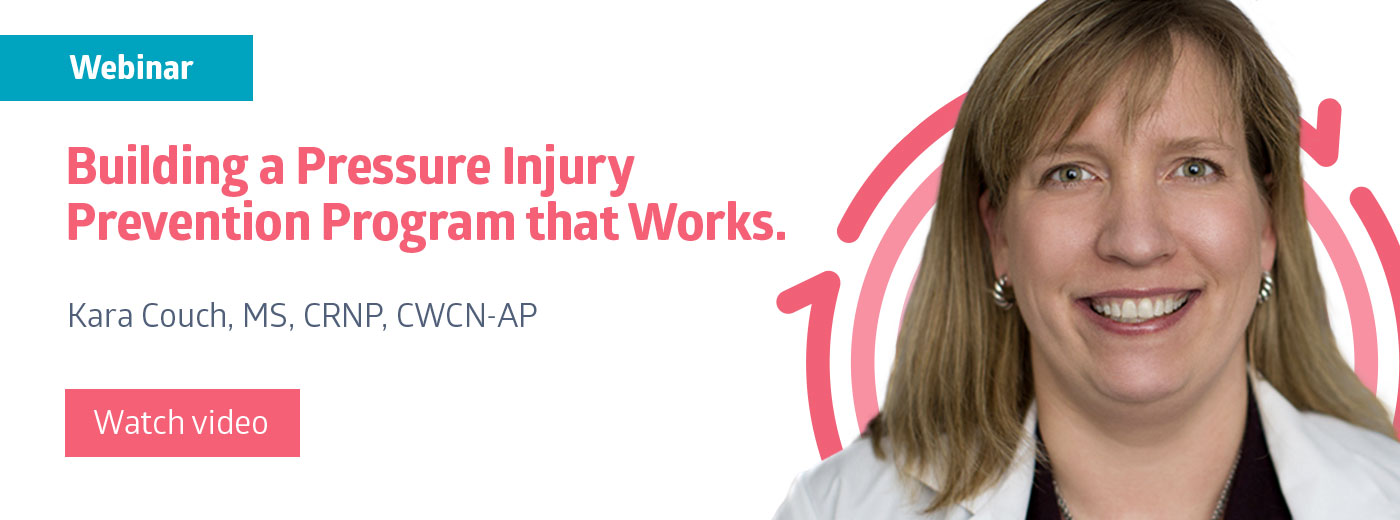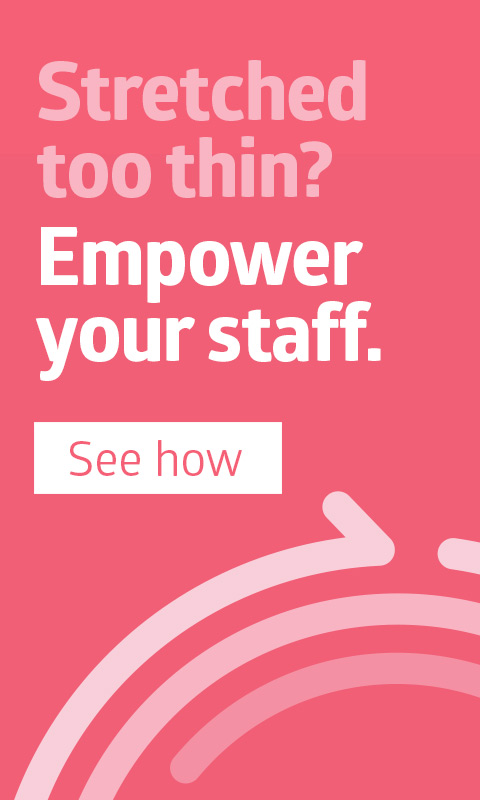Operational Performance
How nursing leadership can influence positive change
Discover the best ways to communicate with healthcare executives

Changing the culture in any organization can be difficult. Martie Moore, MAOM, RN, CPHQ, chief nursing officer at Medline Industries, says that to convince healthcare executives of culture change, nurse leaders should step into the role of executive-business partner. Here are a few tips to get you started.
1Think big picture
Takeaway: Influence healthcare executives with examples that work.
Selling ideas is a short-term, “one-time shot” that doesn’t lead to sustained change, Moore says. Instead, think strategically and long-term. Influence others by understanding not only what you’re asking, but why you’re asking it. What’s the long-term purpose of the change? How will the request affect patient outcomes and costs in the long run? Do you have the data to demonstrate why an investment should be made?
2 Communicate your plan
Takeaway: Communicate how a comprehensive skin health program can enhance the patient experience, improve patient outcomes, shorten lengths of stay and ultimately save costs for your organization.
Help create a learning organization, which continually advances knowledge and applies it to clinical practice, Moore says. “In skin health, most people know to turn and reposition the patient to relieve tissue of pressure. But a learning organization wants to understand why skin breaks down in the first place.”
For example: Learning organizations learn the purpose of—the why—behind moisturizing, ambulating and hydrating. They want to know how nutrition and microclimate affect skin health and wound healing. They strive to understand the link between skin tears and distressed skin to improve wound prevention and treatment. Then they elevate their line of inquiry by researching whether skin tears are predictors of falls.
3 Know your audience
Takeaway: Be aware of how to best communicate with healthcare executives.
Take an objective look at how you think, act and communicate with others. use soft skills to make your case to executives:
- Be clear. Start with a single case—say, the patient with a skin tear who falls three days later and breaks a hip. Emphasize the increased length of stay. Then multiply that scenario by five patients and point out what that means to the organization in financial costs and lack of reimbursement.
- Embrace challenges. Learning organizations continuously strive for improvement. “Don’t hesitate to admit that you didn’t do your best with any given case,” Moore says. “See it as a learning opportunity. How are we going to do this differently? Then discuss it with the entire team, from beside nurses to leadership.”
- Know your value. As knowledge experts, “nurse leaders absolutely need to be part of a conversation,” Moore says. “Don’t be afraid to ask yourself why you haven’t been asked to the table. The answer may be difficult to hear. It may be your own leadership abilities or that nurses aren’t seen as business partners. But I can tell you that nursing leaders are probably some of the most talented leaders out there—on both the business and clinical side.”
- Modify your language. “When I first went into leadership, I used caring language. I spoke in emotional terms rather than business terms,” Moore says. On the advice of her CFO-mentor, Moore began to use more analytical phrases such as “I think the following.” She got comfortable with business terminology and used metrics and data to persuade others. “In time, I actually learned to weave empathetic language back into conversations, because I consider it a strength. It’s a skill set clinicians and leaders must have because they work with families and employees.”
4 Use your resources
Takeaway: Use data, best-practice examples and other proof points to make your case.
Even if you’re doing your own trial and error process, remember that you’re not alone. Medline is prepared and eager to share not only expertise and guidance, but we also offer an array of data and case studies.
For example, be sure to check out this infographic on systemness at Riverside Healthcare, which showcases some of the successes the facility saw when it comes to quicker healing times (78 days to 30 days from 2015-2016), an overall better-educated nursing staff and even annual cost-savings.
See full case study:
 Delivering Systemness
Delivering Systemness
The critical impact of systemness on cost, quality and outcomes
The story of Riverside Healthcare


